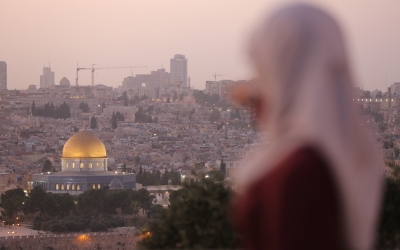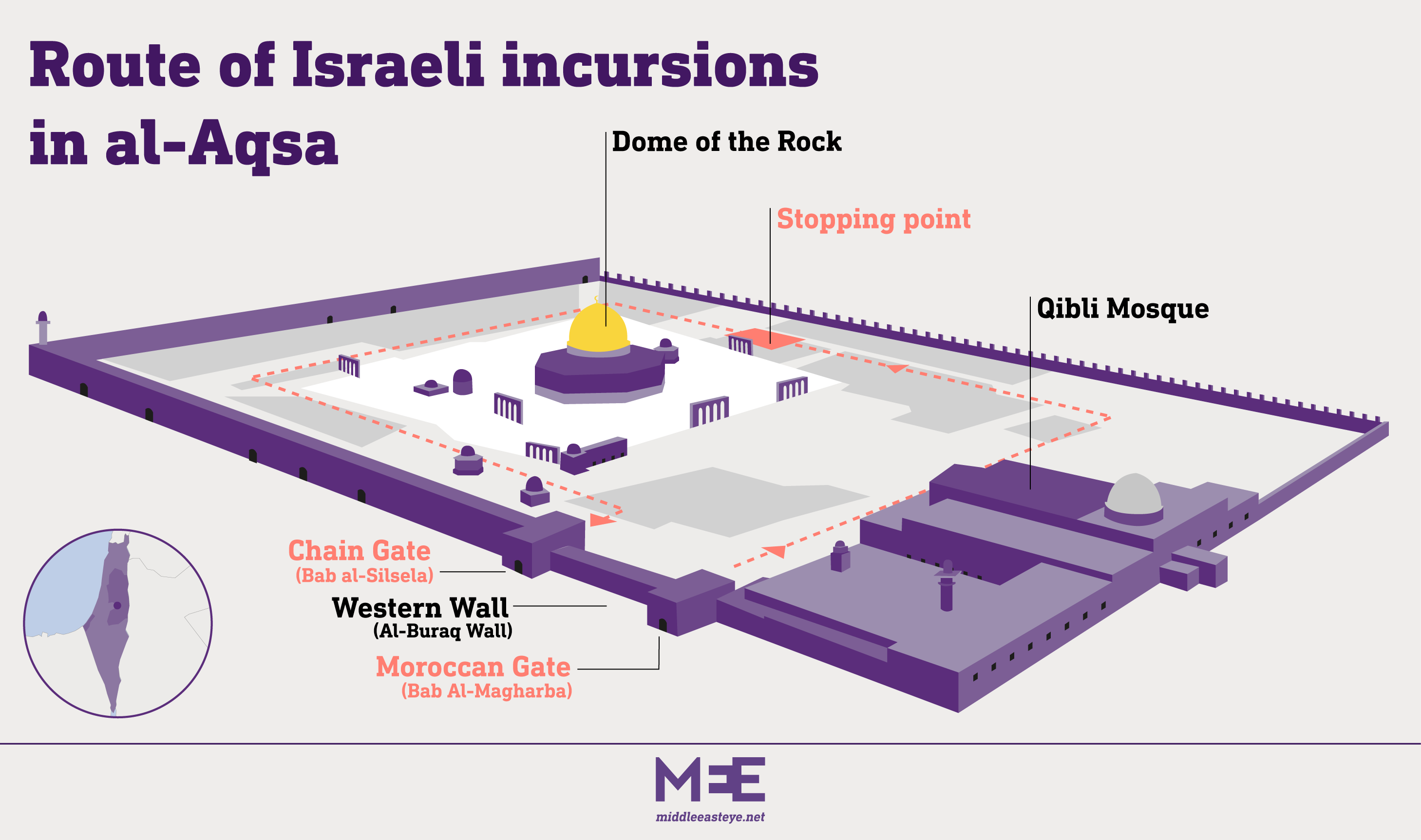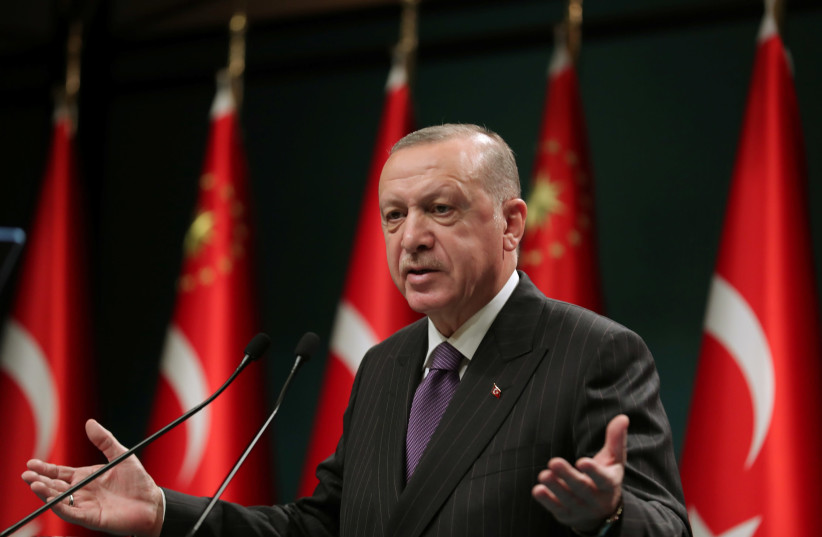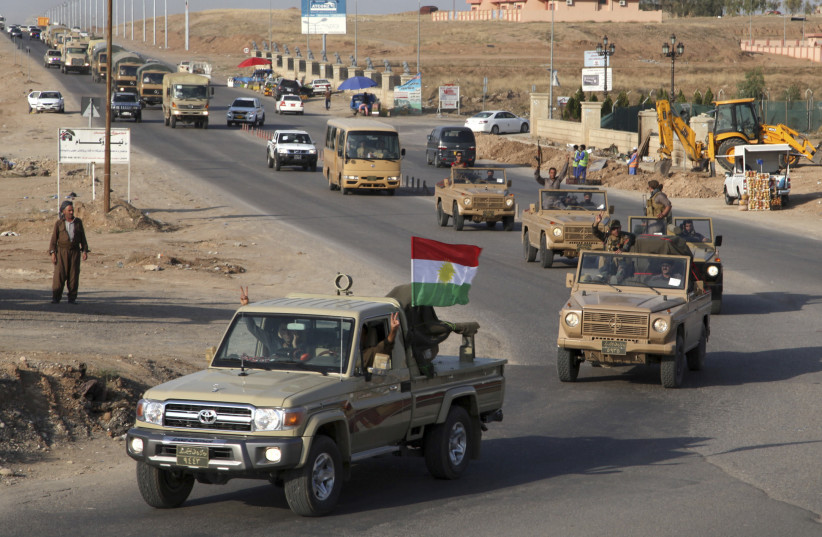USA: Wasting taxpayers’ money on Iron Dumb
April 18, 2022 - 10:14 AM News Code : 1248986 Source : Tehran TimesLink:
How many times have we heard the sentence “the U.S. government is on the verge of shutdown?” Tons of times, we dare say From the 2008 economic crisis in Obama’s tenure –which was entirely George W. Bush’s fault!- to a wobbling Joe Biden who shakes hands with air after his speeches.
AhlulBayt News Agency (ABNA): Teetering on its feet like a drunk man due to the unprecedented inflation rate, why does the U.S. want to fund Israeli defense program?
How many times have we heard the sentence “the U.S. government is on the verge of shutdown?” Tons of times, we dare say From the 2008 economic crisis in Obama’s tenure –which was entirely George W. Bush’s fault!- to a wobbling Joe Biden who shakes hands with air after his speeches.
The annual inflation rate in the United States increased to 8.5 percent in March 2022, the highest since December 1981, up from 7.9 percent in February and exceeding market expectations of 8.4 percent. As a result of the Russia-Ukraine war, energy costs jumped by 32%, with gasoline (48%) and fuel oil (70.1%) rising the most. In addition, food prices increased 8.8 percent, the largest since May 1981. Inflation also increased for housing (5 percent compared. 4.7 percent in February) and new automobiles (12.5% vs. 12.4%), but decreased for used cars and trucks (35.3 percent vs 41.2 percent).
The young generation of the United States are struggling with the highest inflation rate they have ever witnessed, yet, the United States continues to spend millions of dollars of taxpayers’ money on funding the Israeli regime’s military programs.
U.S. funding Israeli defense programs is not new to the people of the United States, but this time, with an unstable president in office, and a group of nitwits in Congress, things are getting much more convoluted.
The Tehran Times has learned that the U.S. Congress will be approving a $500 million bill to further invest in Israel’s Missile Defense Program.
According to Tehran Times’ well-informed sources, the 500-million-dollar aid will be spent in two phases. Phase one will be the procurement of various system components for Iron Dome, David’s Sling, and Arrow Weapon, and phase two will be the Research and Development, Testing, and Evaluation. A good 300 million dollars is allocated to this part alone.
Over the past decade, the U.S. Congress has allocated 2 billion dollars to the development of Israel’s defense program. The taxpayers’ money that could have made their life all the more easier. However, earlier this year, the Congress decided to go down the drain and approved an additional $1 billion to replenish Iron Dome after the May Gaza war.
American politicians are on the false belief that the U.S.-Israeli military cooperation is a critical investment that can provide security and stability in the West Asian region. The belief is widely misled from the reality, for two main reasons. One, with the heavy – and we mean truly “heavy”- investments of the U.S. in Israeli military program so far, the so-called Iron Dome has turned into an Iron Dumb, full of holes! Hamas has been able to penetrate into the defense system so many times that it is barely a defense system anymore.
Two, splashing money like this on garbage like Iron Dome will increase discontent among the American public opinion, already teetering with the worst economic situation in their lives.
According to a CNBC report, quoting Bankrate, conducted in December 2021, 26% of the Americans believe their financial situation will get worse in 2022 and 42% believe it will stay about the same.
Inflation is cited as the most significant impediment to improving financial situations by 70% of those who expect their financial status to worsen, and by 44% of those who feel their financial situation will remain the same.
According to the CNBC + Acorns Invest in You study, sponsored by Momentive, if price pressure remains, more than half of respondents say they will cut back on dining out expenditure and may consider further reductions. The study of roughly 4,000 adults was conducted online on March 23-24.
Extend your helping hand to your people, not your fake friends!
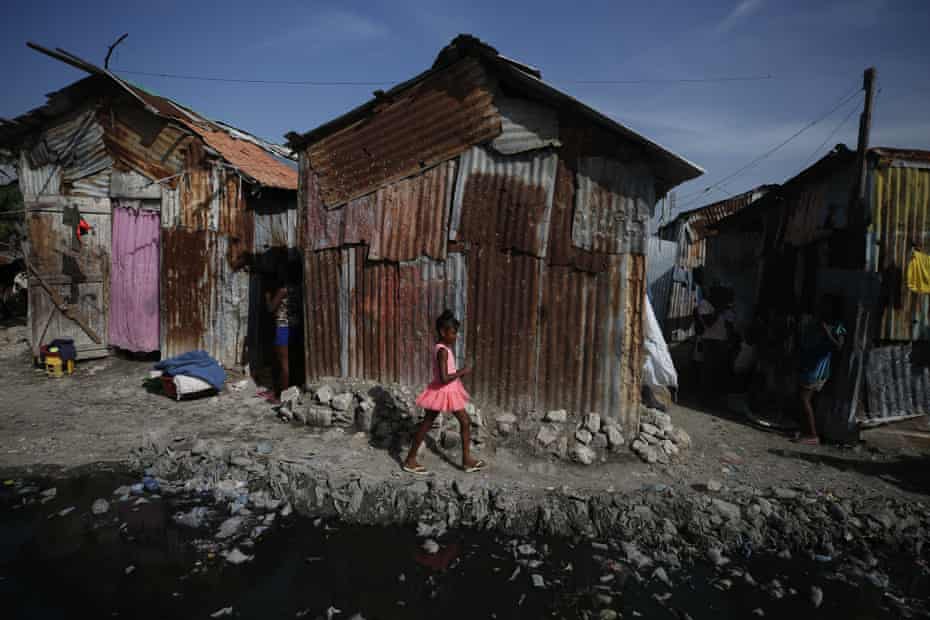

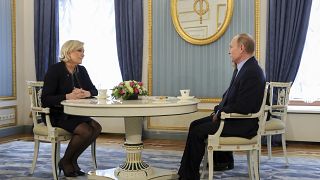
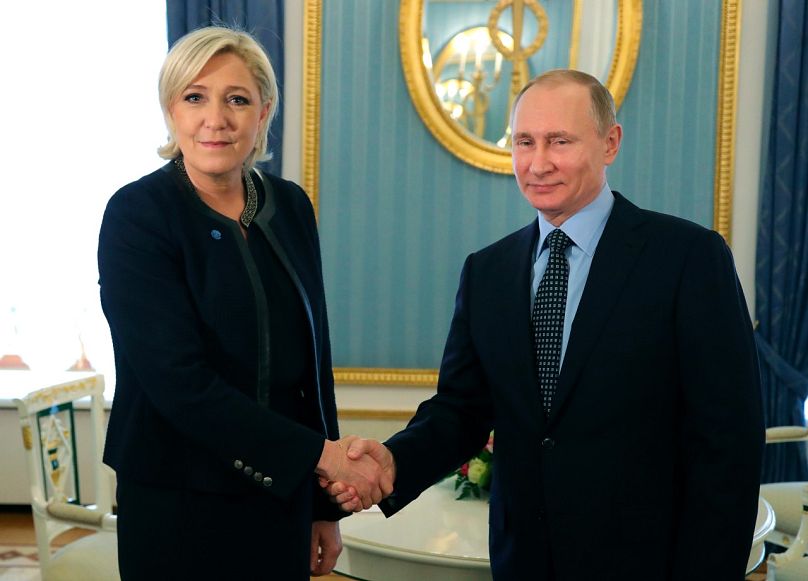
:quality(70)/cloudfront-eu-central-1.images.arcpublishing.com/thenational/JVPPK4WTJ2QRG5IY24H6AVPTF4.jpg)
:quality(70)/cloudfront-eu-central-1.images.arcpublishing.com/thenational/SECUUWQ47CMMCTWOMNR6D2TANQ.jpg)
:quality(70)/cloudfront-eu-central-1.images.arcpublishing.com/thenational/G2SBYUTEQUJRWDEFAS67WTBO2Y.jpg)
:quality(70)/cloudfront-eu-central-1.images.arcpublishing.com/thenational/GNJQ63VYFCXM7TLQNEMPVZOB3E.jpg)
:quality(70)/cloudfront-eu-central-1.images.arcpublishing.com/thenational/AESJZETYWHS7ATALMALSSXB3JQ.jpg)
:quality(70)/cloudfront-eu-central-1.images.arcpublishing.com/thenational/NI77UUALCZIQ67SNDT5PJKYDLI.jpg)
:quality(70)/cloudfront-eu-central-1.images.arcpublishing.com/thenational/GJX24W77IHONQLYSXBDISSHRMQ.jpg)
:quality(70)/cloudfront-eu-central-1.images.arcpublishing.com/thenational/UPRSLZ2AXQ2ODD43NIJKPPRONI.jpg)
:quality(70)/cloudfront-eu-central-1.images.arcpublishing.com/thenational/CPODCSDDBE2CRAL5KP5SKYBDZU.jpg)





